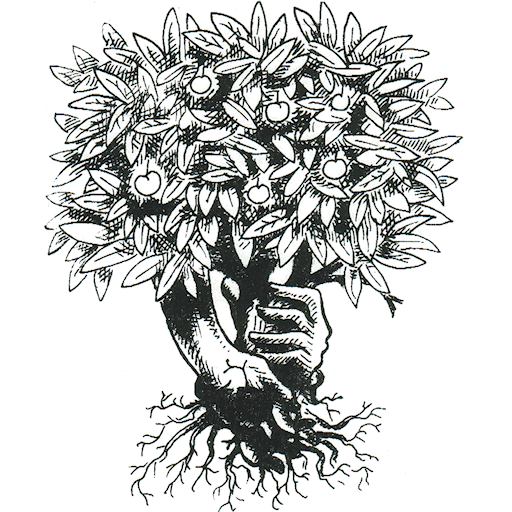If you’re working with hazardous materials, you need good methods and equipment. The future really is hard to face: it can easily feel bleak and overwhelming. Many people feel pain and despair about the state of the world and the environment, and blank out to avoid these feelings.
One of the best processes I’ve found for facing this pain, and moving on to face the future constructively, is known as The Work that Reconnects. It’s been evolved by an American teacher, Joanne Macy. She writes: “…The energy expended in pushing down despair is diverted from more creative uses, depleting the resilience and imagination needed for fresh visions and strategies. Fear of despair erects an invisible screen, filtering out anxiety provoking data. In a world where organisms require feedback in order to adapt and survive, this is suicidal.”
Her approach combines the science of ecology with nature-based spiritual teachings from Buddhism and the Native Americans. Joanna Macy has a clear, simple method with four steps to help us face the big issues and find our ability to act on them. In summary, these are:
- Opening to gratitude
- Owning our pain for the world
- Seeing with new eyes
- Going forth
She explains that this is a four-step cycle which we need to spiral round repeatedly: it’s not a one-off transformation. Let’s explore each step in more detail:
1. Opening to gratitude. Whatever your challenges and worries may be, try shifting your focus to thankfulness: for the gift of life itself, and all the resources that keep you alive. Include the many gifts of nature, such as food and beauty, and the good things you receive from other people: friends, family, and the huge array of workers we all depend on. Starting with gratitude helps us be present in the here and now, to relax and open up beyond our worries, and to have the energy to face our pain.
As Joanna Macy says: “Thankfulness loosens the grip of the industrial growth society by contradicting its predominant message: that we are insufficient and inadequate. The forces of late capitalism continually tell us that we need more – more stuff, more money, more approval, more comfort, more entertainment.”
2. Owning our pain for the world. This stage can be tough: most of us stuff down and deny the pain we feel at the ways that the earth and its creatures are being abused and destroyed. It takes courage to face your pain, it can be distressing, but this step should enable you to move into the next two. The word pain can include a range of difficult feelings, such as anger, fear, guilt, despair, confusion. I’ve led many groups through this process, and confirm Joanna’s view that the key element is being able to voice your pain and have it witnessed by others. This breaks through the sense that these feelings are abnormal, and you’re alone with them.
3. Seeing with new eyes. By letting yourself feel your pain for the world, you open up to a new sense of connection with that world, and with other people. Macy calls this “a shift in identification… from the isolated “I” to a vaster sense of what we are.” This is a crucial prelude to the fourth step: as small, solitary egos, we are right to feel powerless. When we feel ourselves as part of the living network of life, and part of a community, something different becomes possible.
4. Going forth. This is the stage of taking action: maybe as an individual, maybe with others. Macy describes this as “the discovery of what can happen through us… one simply finds oneself empowered to act on behalf of other beings – or on behalf of the larger whole.” And taking action includes holding a vision of positive change.
For more information, see the following book: Active Hope, by Joanna Macy and Chris Johnstone. This book is a much fuller explanation of the deep ecology process summarised above, plus a lot of good insights on meeting the future well.
